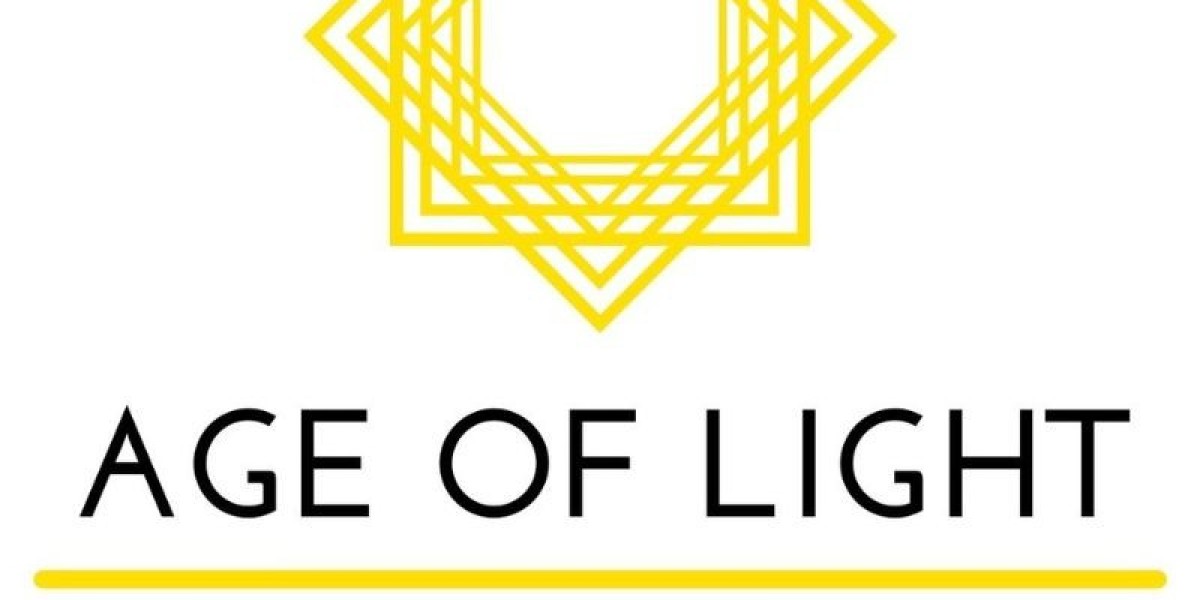Introduction
Step outside on a bright morning, and for some people, the sunlight brings more than warmth—it brings an unstoppable sneeze. This phenomenon, called the photic sneeze reflex autism, affects a surprising number of people. For autistic individuals, who often experience the world through heightened sensory pathways, this reflex can take on added meaning.
In this article, we’ll explore what the photic sneeze reflex is, why it may be more noticeable in autistic people, and how awareness can support better understanding in workplaces and communities.
What Is the Photic Sneeze Reflex?
The photic sneeze reflex, also known as ACHOO syndrome (Autosomal Dominant Compelling Helio-Ophthalmic Outburst), describes sneezing triggered by sudden exposure to bright light. It’s thought to occur in around 10–35% of the population, but the exact cause isn’t fully understood.
Researchers suggest it may stem from crossed signals between the optic nerve and the trigeminal nerve. When bright light stimulates the eyes, those signals can mistakenly activate the sneeze response.
Why It Matters in the Context of Autism
Autistic people frequently experience differences in sensory processing. This can mean being more sensitive to sound, light, texture, or touch. Because the photic sneeze reflex is tied to sensory pathways, it’s reasonable to think autistic individuals might notice or experience it differently.
Heightened sensory awareness: Sudden light changes can already be uncomfortable; a sneeze on top of that can increase the disruption.
Routine and predictability: For someone who prefers consistent environments, an unexpected sneeze response may feel jarring.
Social context: In workplaces or group settings, sneezing repeatedly under bright light may attract unwanted attention or misunderstanding.
While scientific studies directly linking autism and the photic sneeze reflex are limited, lived experience and anecdotal reports suggest there is overlap worth acknowledging.
The Brain’s Role in Light and Sensory Signals
To understand this reflex more deeply, it helps to picture the brain as a hub of electrical connections. Signals don’t always stay neatly within their pathways. The trigeminal nerve (which controls sneezing) and the optic nerve (which manages vision) are close neighbors. Bright light may overstimulate the optic nerve, sending a ripple effect that activates the sneeze reflex.
For autistic individuals, research has shown differences in neural connectivity and sensory integration. This could make the sneeze reflex more pronounced or simply more noticeable compared to neurotypical experiences.
Workplace Implications: Why Leaders Should Care
For managers, HR professionals, and remote team leaders, understanding something as niche as the photic sneeze reflex in autism may seem unnecessary. But awareness of sensory differences builds stronger, more inclusive teams.
Here’s why it matters in professional settings:
Lighting in workspaces: Bright artificial lighting or sudden screen glare can trigger sneezing and discomfort. Flexible lighting options help reduce stress.
Remote video calls: Sunlight from a window behind a screen may prompt sneezing fits, which can be disruptive or embarrassing. Allowing camera-off options supports comfort.
Culture of understanding: Small adjustments for sensory needs send a larger signal—that the workplace values every individual’s well-being.
By learning about conditions like the photic sneeze reflex, leaders demonstrate empathy and attention to detail, traits that improve overall team culture.
Practical Strategies for Reducing Triggers
Supporting autistic employees or colleagues who may experience photic sneezes doesn’t require major changes. Simple adjustments make a difference:
Provide workstations with adjustable blinds or curtains to manage natural light.
Offer blue light filters or screen settings to reduce brightness strain.
Normalize taking short breaks from bright environments.
Create open dialogue where employees can mention sensory needs without stigma.
These steps cost little but improve both comfort and productivity.
Shelley James Content: Learning Through Light
One company working at the intersection of light, design, and human experience is Shelley James. Their content explores how light affects not only vision but also health, mood, and performance. By shining a spotlight on topics like the photic sneeze reflex and sensory processing, Shelley James bridges science with real-world applications.
Their work emphasizes that understanding light isn’t just about design—it’s about creating spaces that support diverse human needs, including those of autistic individuals.
Wider Context and Resources
The photic sneeze reflex may be little-known, but it ties into broader discussions around sensory processing and neurological diversity. For those who want to explore the medical side, resources like NIH’s article on sensory responses provide deeper insight into how sensory systems connect with behavior.
Conclusion
The photic sneeze reflex in autism is more than a quirky fact about sneezing in sunlight—it’s a window into how sensory pathways shape our daily lives. For autistic people, the experience can highlight the intensity of sensory differences, while for leaders and workplaces, it’s an opportunity to create more inclusive environments.







